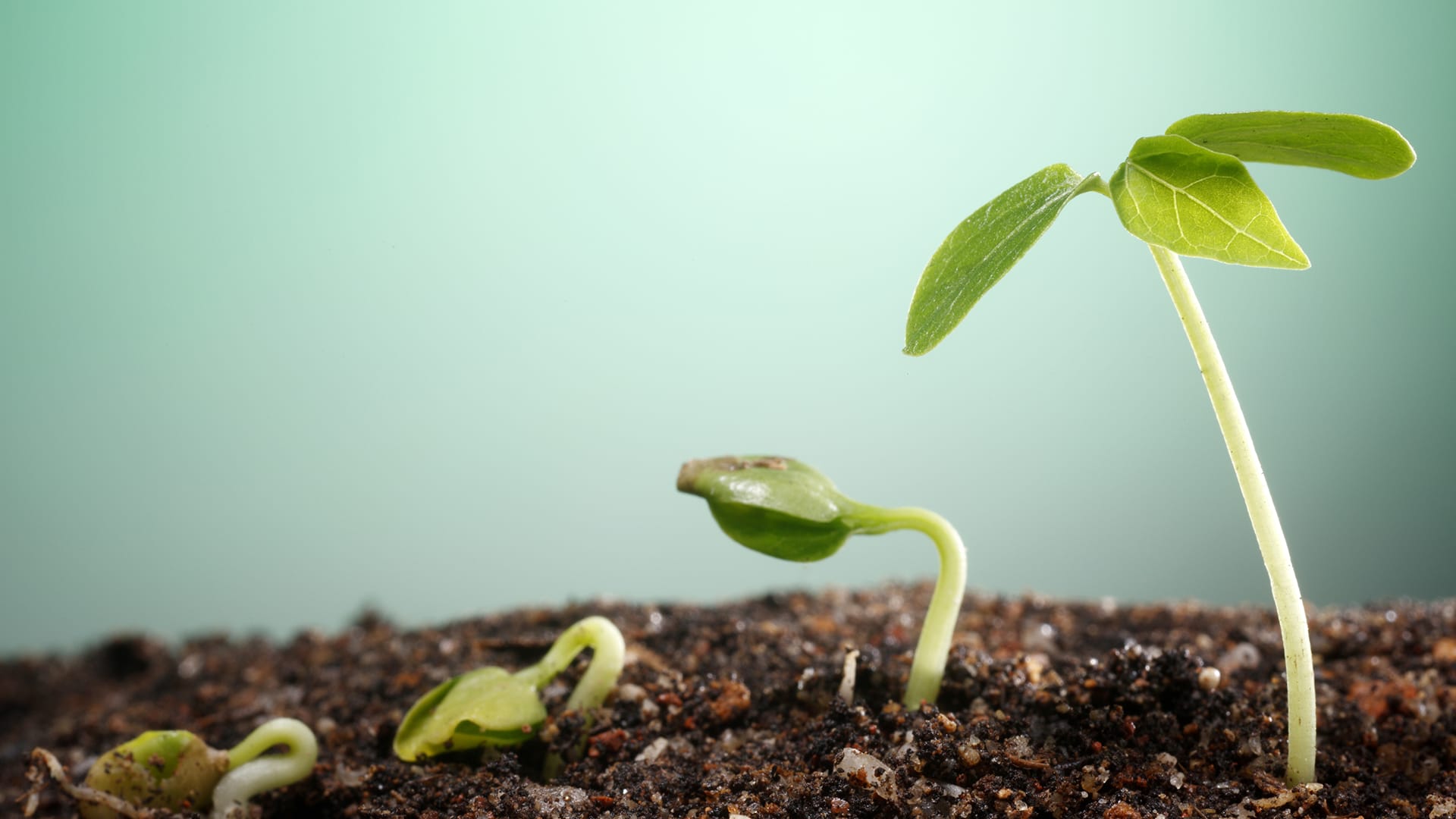Scroll for prep

Please wait…
This video is having trouble loading. You may have lost your Internet connection.
Step 1: Click to Reload this page
Step 2: Click to
Try our other video player
Step 3: Contact your teacher if trouble persists.
Or,
dismiss this message.


¿Por`qué
necesitarías`a`una
niñera`de`plantas
que`cuide`a`tus
plantas`cuando`no
estás?
necesitarías`a`una
niñera`de`plantas
que`cuide`a`tus
plantas`cuando`no
estás?

Please wait…
This video is having trouble loading. You may have lost your Internet connection.
Step 1: Click to Reload this page
Step 2: Click to
Try our other video player
Step 3: Contact your teacher if trouble persists.
Or,
dismiss this message.

Please wait…
This video is having trouble loading. You may have lost your Internet connection.
Step 1: Click to Reload this page
Step 2: Click to
Try our other video player
Step 3: Contact your teacher if trouble persists.
Or,
dismiss this message.

Please wait…
This video is having trouble loading. You may have lost your Internet connection.
Step 1: Click to Reload this page
Step 2: Click to
Try our other video player
Step 3: Contact your teacher if trouble persists.
Or,
dismiss this message.

Please wait…
This video is having trouble loading. You may have lost your Internet connection.
Step 1: Click to Reload this page
Step 2: Click to
Try our other video player
Step 3: Contact your teacher if trouble persists.
Or,
dismiss this message.

Please wait…
This video is having trouble loading. You may have lost your Internet connection.
Step 1: Click to Reload this page
Step 2: Click to
Try our other video player
Step 3: Contact your teacher if trouble persists.
Or,
dismiss this message.

Please wait…
This video is having trouble loading. You may have lost your Internet connection.
Step 1: Click to Reload this page
Step 2: Click to
Try our other video player
Step 3: Contact your teacher if trouble persists.
Or,
dismiss this message.
¿Cómo`puedes
investigar`si`el
sol`ayudó`al
arbolito`a`crecer?
investigar`si`el
sol`ayudó`al
arbolito`a`crecer?

Please wait…
This video is having trouble loading. You may have lost your Internet connection.
Step 1: Click to Reload this page
Step 2: Click to
Try our other video player
Step 3: Contact your teacher if trouble persists.
Or,
dismiss this message.

Please wait…
This video is having trouble loading. You may have lost your Internet connection.
Step 1: Click to Reload this page
Step 2: Click to
Try our other video player
Step 3: Contact your teacher if trouble persists.
Or,
dismiss this message.
Paso
01/16
01/16
Encuentra un compañero o compañera con quien trabajar. Trabajarán
juntos para plantar semillas.
juntos para plantar semillas.

Please wait…
This video is having trouble loading. You may have lost your Internet connection.
Step 1: Click to Reload this page
Step 2: Click to
Try our other video player
Step 3: Contact your teacher if trouble persists.
Or,
dismiss this message.
Paso
02/16
02/16
Obtén estos materiales.

Please wait…
This video is having trouble loading. You may have lost your Internet connection.
Step 1: Click to Reload this page
Step 2: Click to
Try our other video player
Step 3: Contact your teacher if trouble persists.
Or,
dismiss this message.
Paso
03/16
03/16
Escribe tu nombre en la etiqueta o calcomanía.

Please wait…
This video is having trouble loading. You may have lost your Internet connection.
Step 1: Click to Reload this page
Step 2: Click to
Try our other video player
Step 3: Contact your teacher if trouble persists.
Or,
dismiss this message.
Paso
04/16
04/16
Pónle la etiqueta o calcomanía a tu vaso.

Please wait…
This video is having trouble loading. You may have lost your Internet connection.
Step 1: Click to Reload this page
Step 2: Click to
Try our other video player
Step 3: Contact your teacher if trouble persists.
Or,
dismiss this message.
Paso
05/16
05/16
Pon las semillas de rábano en el plato. Cuenta tres semillas.

Please wait…
This video is having trouble loading. You may have lost your Internet connection.
Step 1: Click to Reload this page
Step 2: Click to
Try our other video player
Step 3: Contact your teacher if trouble persists.
Or,
dismiss this message.
Paso
06/16
06/16
Haz que tu compañero o compañera te detenga el vaso. Con una
cuchara haz un hoyito en medio de la tierra. Pon las tres semillas en el
vaso. Cúbrelas con tierra.
cuchara haz un hoyito en medio de la tierra. Pon las tres semillas en el
vaso. Cúbrelas con tierra.

Please wait…
This video is having trouble loading. You may have lost your Internet connection.
Step 1: Click to Reload this page
Step 2: Click to
Try our other video player
Step 3: Contact your teacher if trouble persists.
Or,
dismiss this message.
Paso
07/16
07/16
Toca la tierra para ver si está seca. Si está seca, rocíala con agua. Tu
semilla necesita agua para poder crecer.
semilla necesita agua para poder crecer.

Please wait…
This video is having trouble loading. You may have lost your Internet connection.
Step 1: Click to Reload this page
Step 2: Click to
Try our other video player
Step 3: Contact your teacher if trouble persists.
Or,
dismiss this message.
Paso
08/16
08/16
Pon tu vaso en donde le de luz. Y ahora llegó la parte más difícil: la
hora de esperar. Toma al menos cinco días para que la semilla
empiece a crecer.
hora de esperar. Toma al menos cinco días para que la semilla
empiece a crecer.

Please wait…
This video is having trouble loading. You may have lost your Internet connection.
Step 1: Click to Reload this page
Step 2: Click to
Try our other video player
Step 3: Contact your teacher if trouble persists.
Or,
dismiss this message.
Paso
09/16
09/16
Todos los días, rocía el vaso con agua para asegurarte que tus
semillas crezcan. ¿Qué pasaría si no le dieras agua?
semillas crezcan. ¿Qué pasaría si no le dieras agua?

Please wait…
This video is having trouble loading. You may have lost your Internet connection.
Step 1: Click to Reload this page
Step 2: Click to
Try our other video player
Step 3: Contact your teacher if trouble persists.
Or,
dismiss this message.
Paso
10a/16
10a/16
Tu maestro o maestra puso semillas en una bolsita de plástico con
una servitoalla húmeda. A las dos les da el sol. Plática sobre tus
respuestas a estas preguntas.
una servitoalla húmeda. A las dos les da el sol. Plática sobre tus
respuestas a estas preguntas.

Please wait…
This video is having trouble loading. You may have lost your Internet connection.
Step 1: Click to Reload this page
Step 2: Click to
Try our other video player
Step 3: Contact your teacher if trouble persists.
Or,
dismiss this message.
Paso
10b/16
10b/16
Observa la bolsita. ¿Serás el primero en ver una raíz? Las raíces van a
parecer unas cositas blancas saliendo de las semillas.
parecer unas cositas blancas saliendo de las semillas.

Please wait…
This video is having trouble loading. You may have lost your Internet connection.
Step 1: Click to Reload this page
Step 2: Click to
Try our other video player
Step 3: Contact your teacher if trouble persists.
Or,
dismiss this message.
Paso
11/16
11/16
Cuando le empiecen a salir hojas a las plantitas, platiquen sobre sus
respuestas a estas preguntas:
respuestas a estas preguntas:

Please wait…
This video is having trouble loading. You may have lost your Internet connection.
Step 1: Click to Reload this page
Step 2: Click to
Try our other video player
Step 3: Contact your teacher if trouble persists.
Or,
dismiss this message.
Paso
12/16
12/16
Esto fue lo que pasó con nuestras semillas. El cuarto día salieron las
primeras hojas.
primeras hojas.
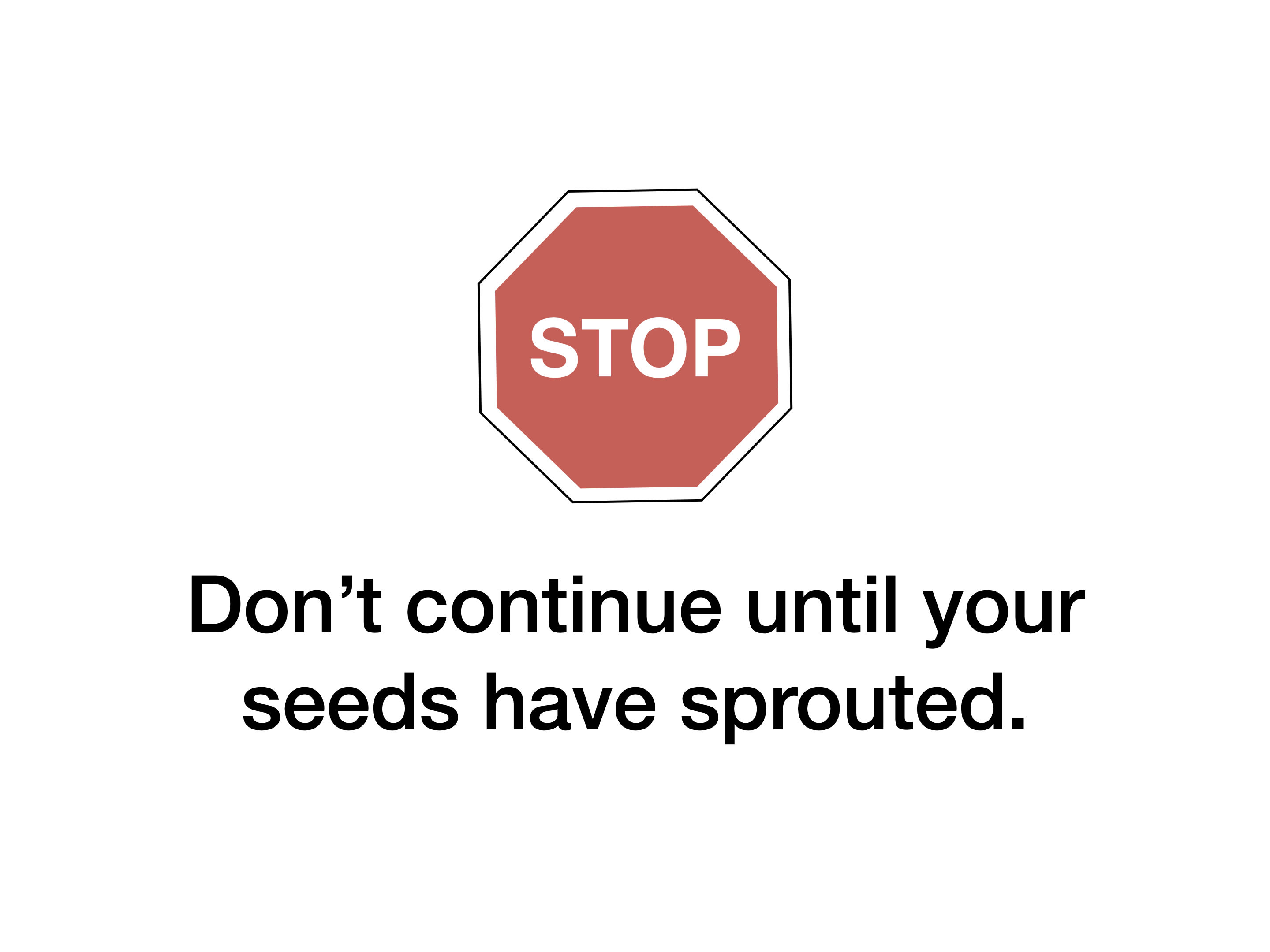

Please wait…
This video is having trouble loading. You may have lost your Internet connection.
Step 1: Click to Reload this page
Step 2: Click to
Try our other video player
Step 3: Contact your teacher if trouble persists.
Or,
dismiss this message.
Paso
13/16
13/16
Nos dimos cuenta que todas las hojas habían crecido hacia la ventana.
Eso parecía extraño.
Eso parecía extraño.

Please wait…
This video is having trouble loading. You may have lost your Internet connection.
Step 1: Click to Reload this page
Step 2: Click to
Try our other video player
Step 3: Contact your teacher if trouble persists.
Or,
dismiss this message.
Paso
14/16
14/16
Volteamos todas las plantas para alejar las hojas de la ventana.
Conversemos:
Conversemos:

Please wait…
This video is having trouble loading. You may have lost your Internet connection.
Step 1: Click to Reload this page
Step 2: Click to
Try our other video player
Step 3: Contact your teacher if trouble persists.
Or,
dismiss this message.
Paso
15/16
15/16
Este es un video en cámara rápida. Te muestra ocho horas en unos
cuantos minutos. ¡Mira lo que hacen las hojas!
cuantos minutos. ¡Mira lo que hacen las hojas!

Please wait…
This video is having trouble loading. You may have lost your Internet connection.
Step 1: Click to Reload this page
Step 2: Click to
Try our other video player
Step 3: Contact your teacher if trouble persists.
Or,
dismiss this message.
Paso
16/16
16/16
Las hojas se voltearon hacia la ventana otra vez porque las plantitas
necesitan luz para crecer.
necesitan luz para crecer.

Please wait…
This video is having trouble loading. You may have lost your Internet connection.
Step 1: Click to Reload this page
Step 2: Click to
Try our other video player
Step 3: Contact your teacher if trouble persists.
Or,
dismiss this message.

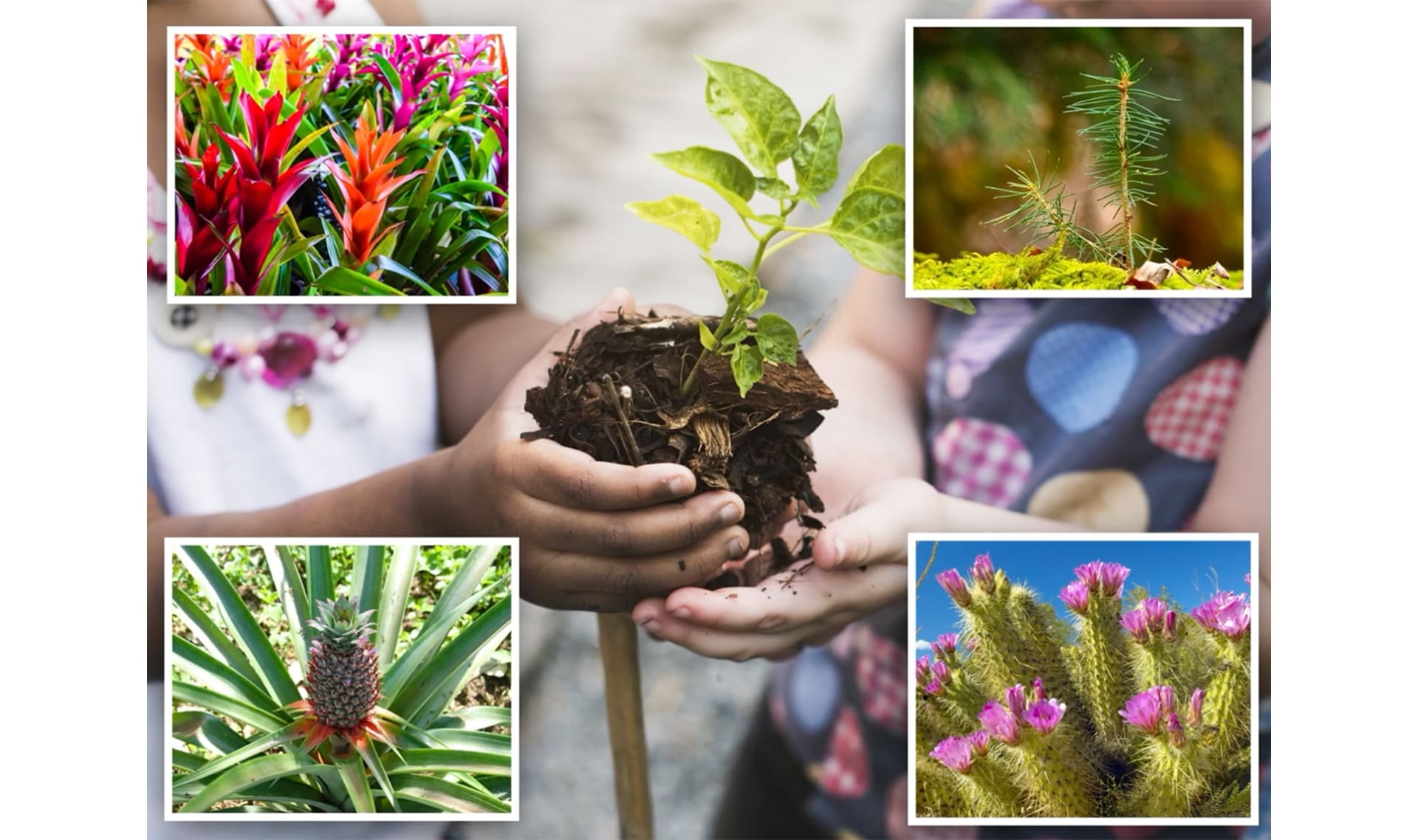
planta
1 de 9
un ser viviente que no tiene que comerse a otros seres vivos
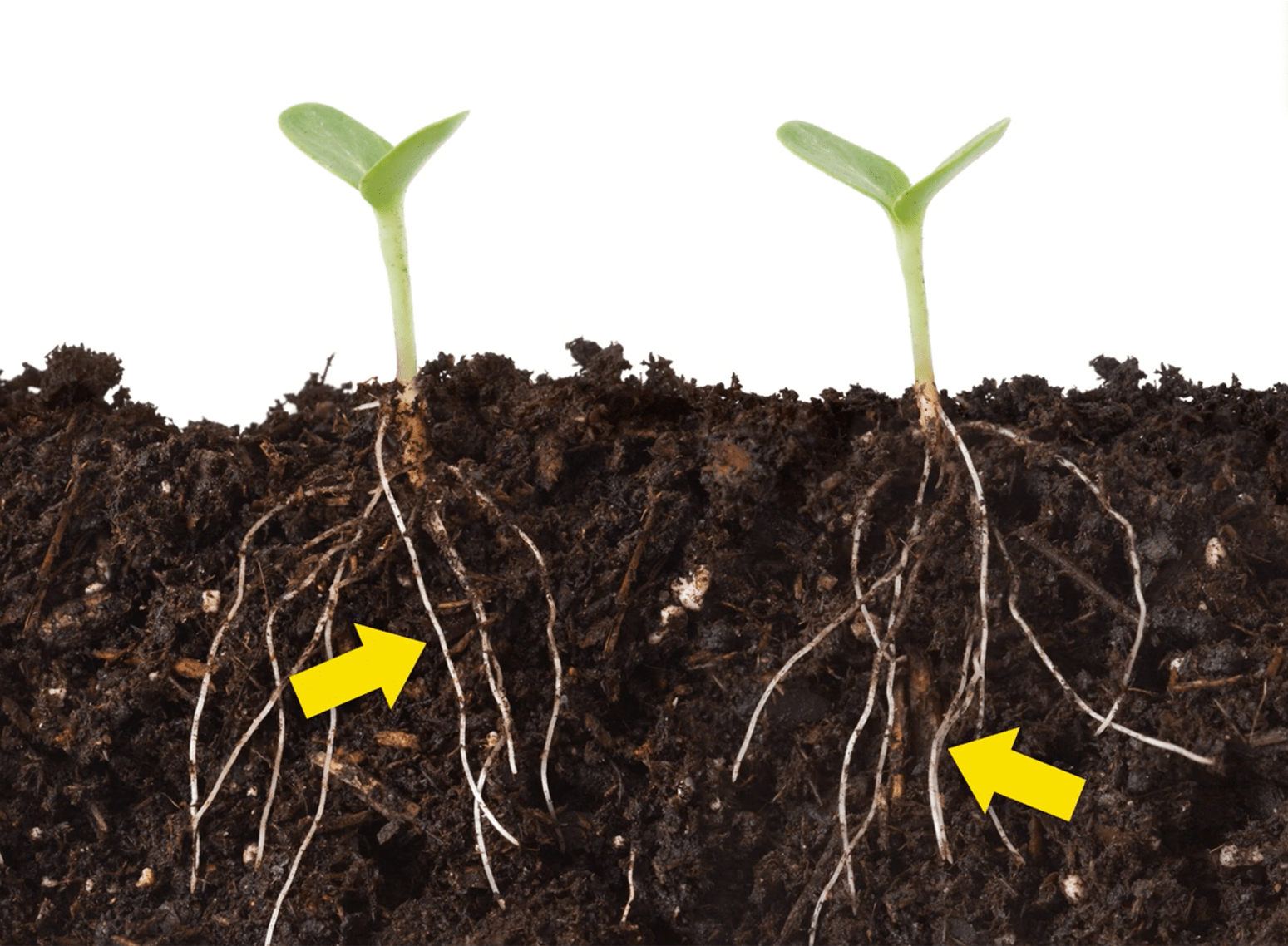
raíz
2 de 9
la parte de una planta que usualmente se encuentra bajo tierra
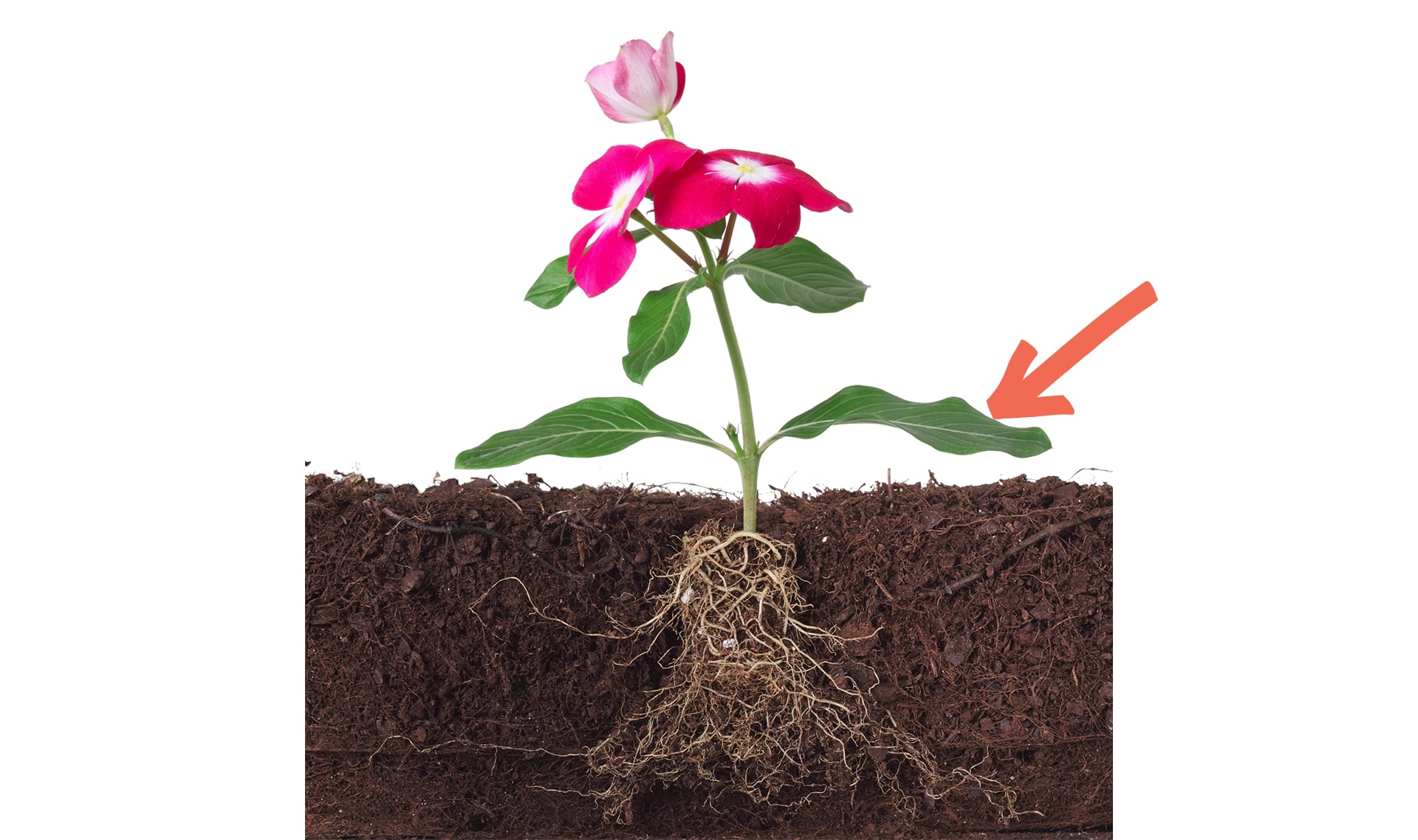
hoja
3 de 9
la parte de una planta que por lo regular es plana y verde

flor
4 de 9
la parte colorida de una planta
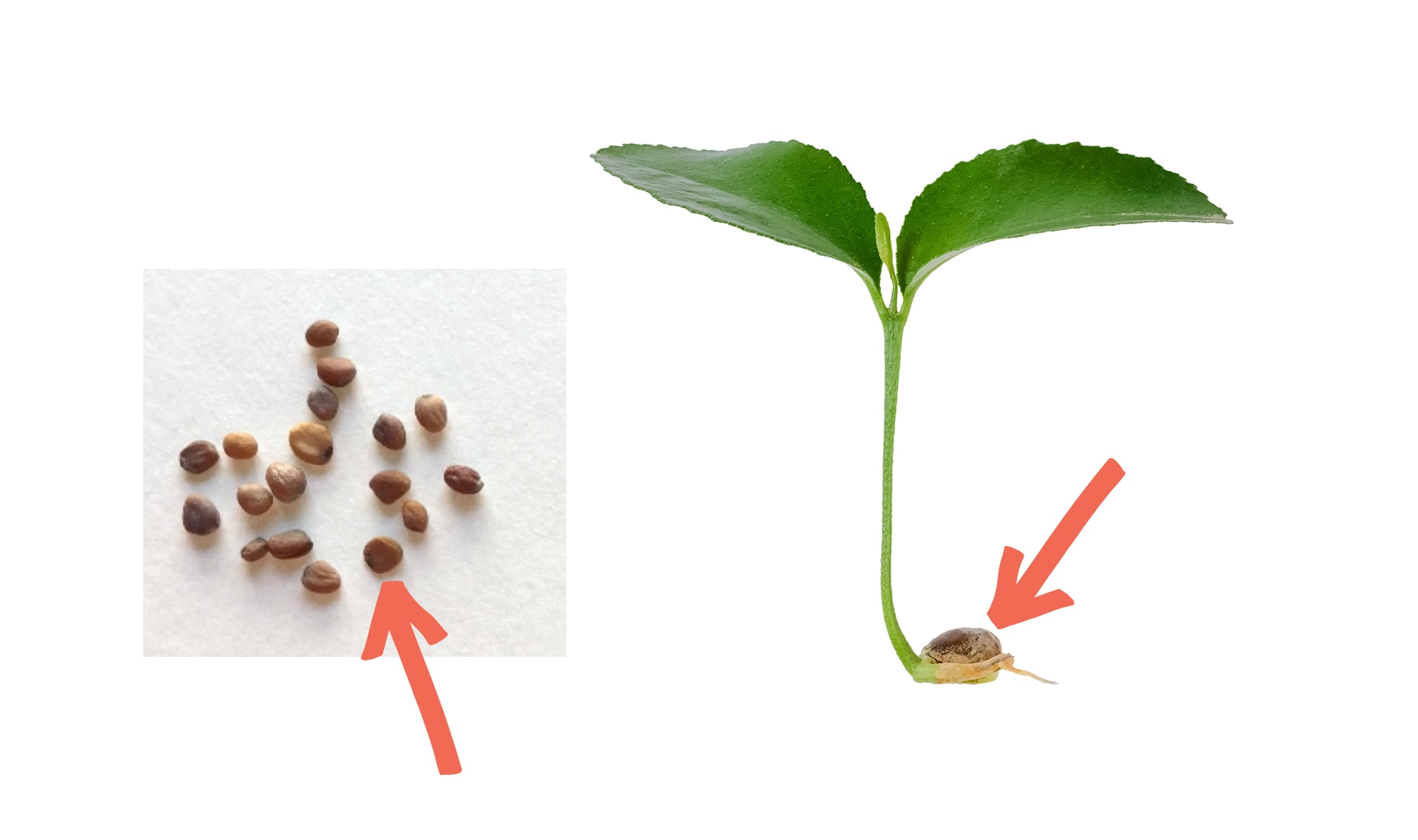
semilla
5 de 9
la parte de una planta que puede crecer y convertirse en una plantita
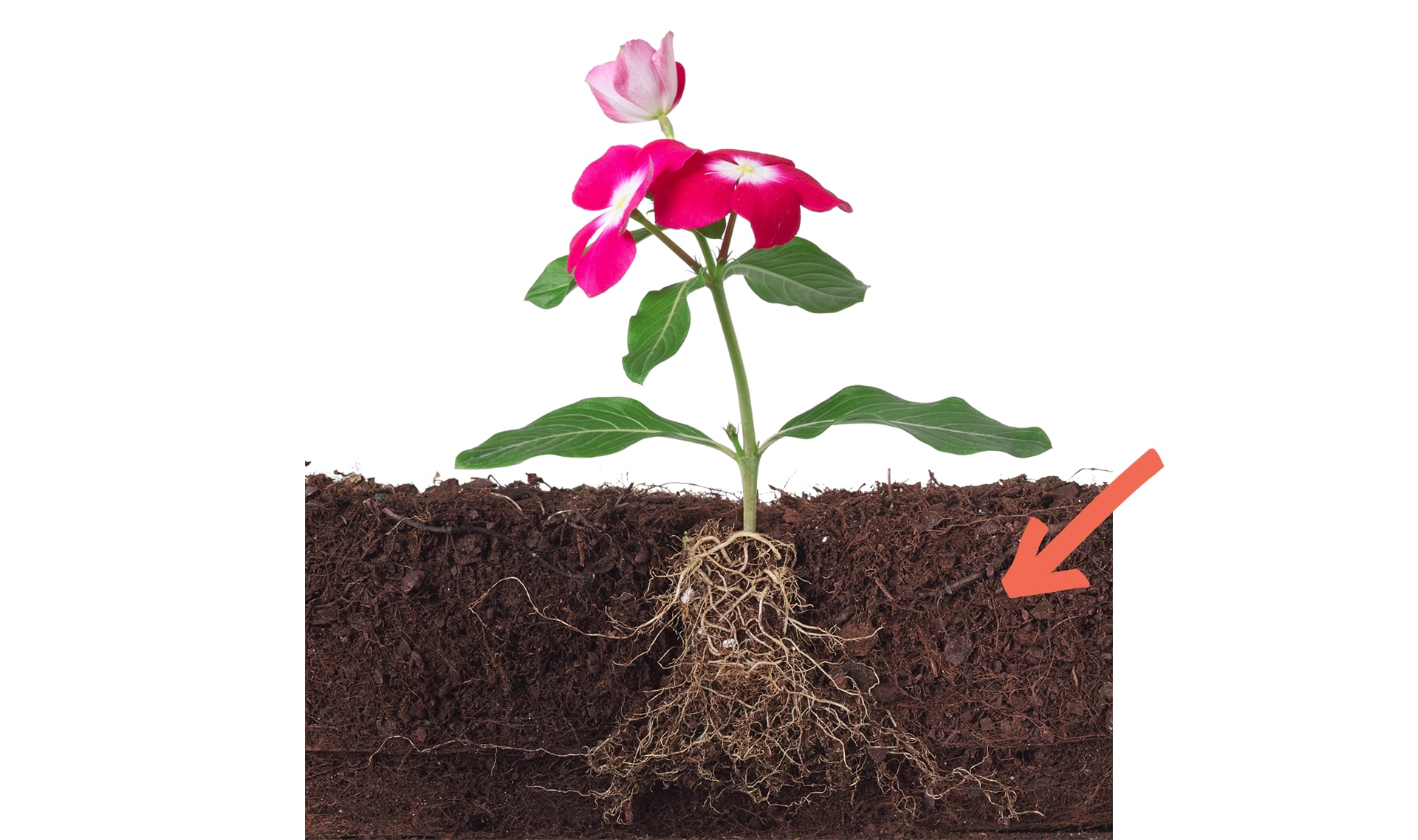
suelo
6 de 9
pedacitos de piedras y de otros materiales que cubren la superficie de la Tierra
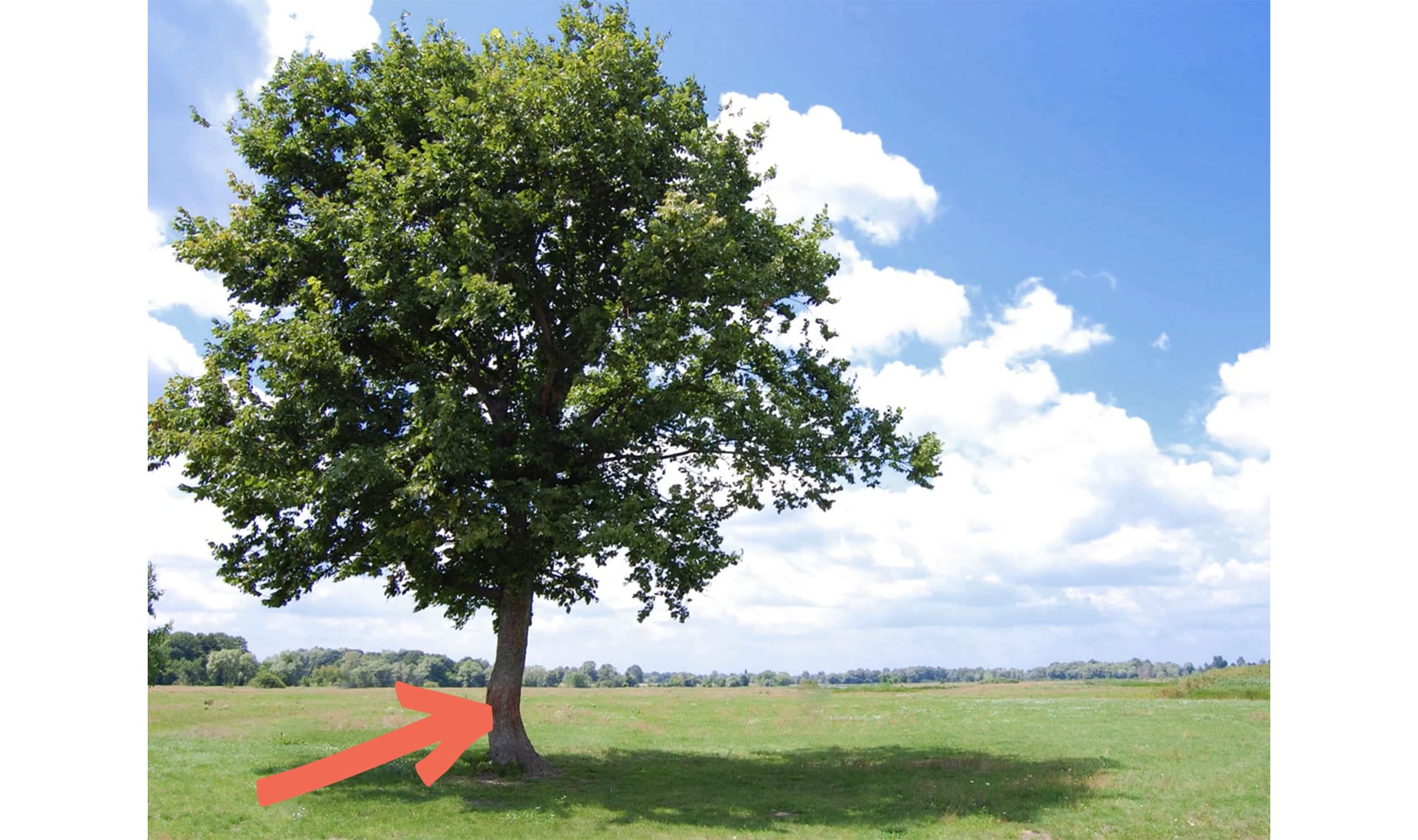
árbol
7 de 9
un tipo de planta que tiene un tronco y ramas
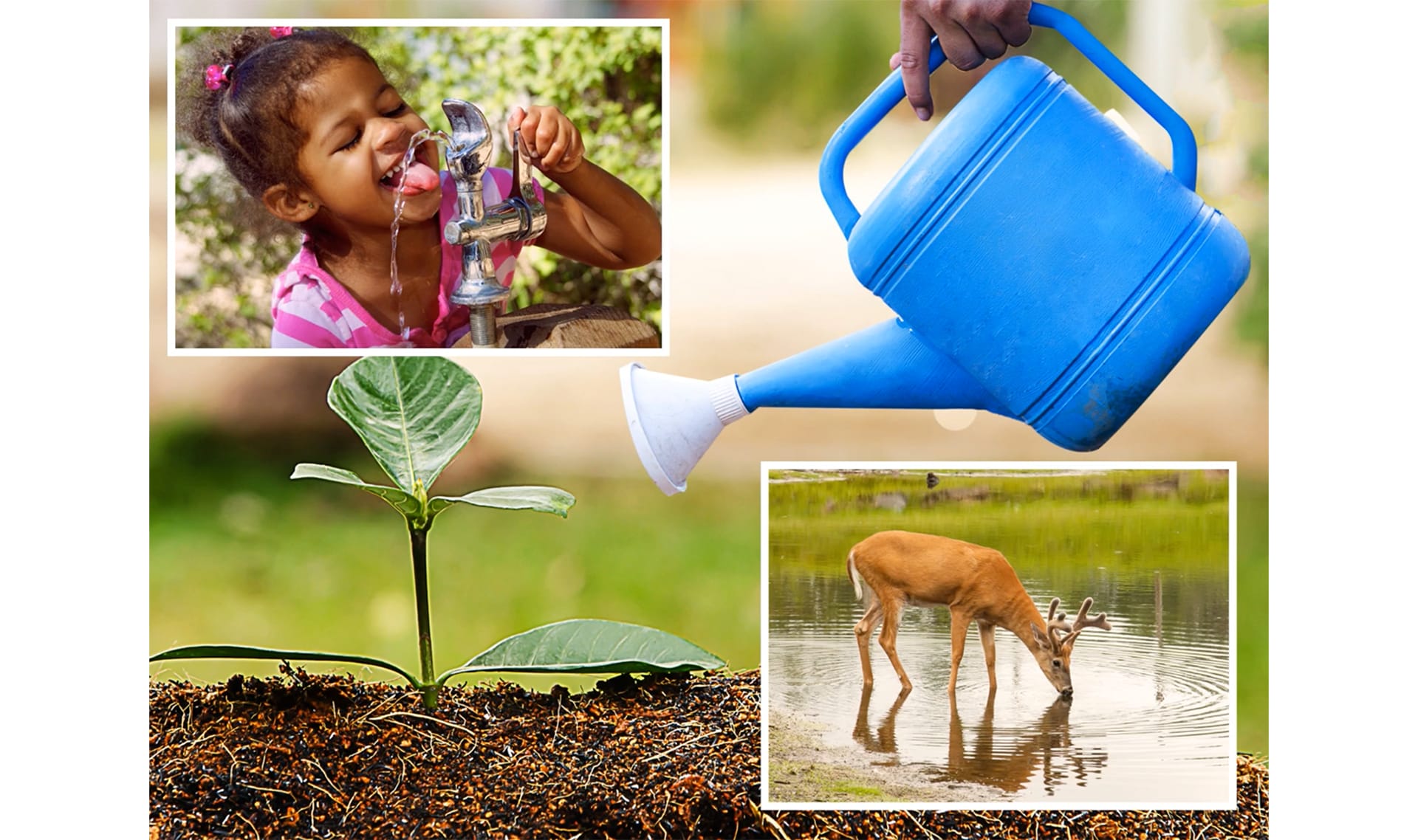
necesidades
8 de 9
las cosas que un animal o una planta necesita para poder vivir
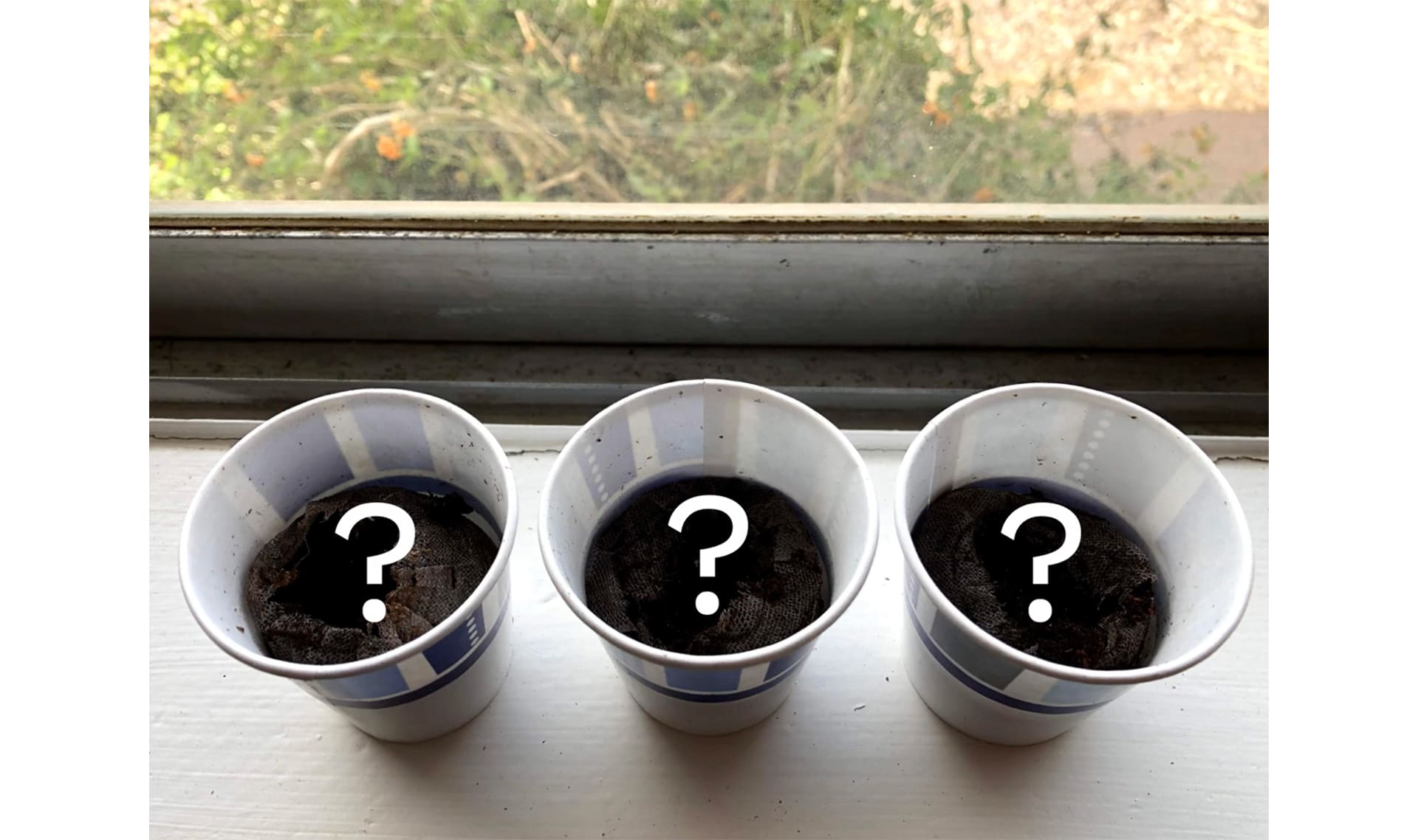
experimento
9 de 9
una prueba que se usa para descubrir más información sobre una pregunta
